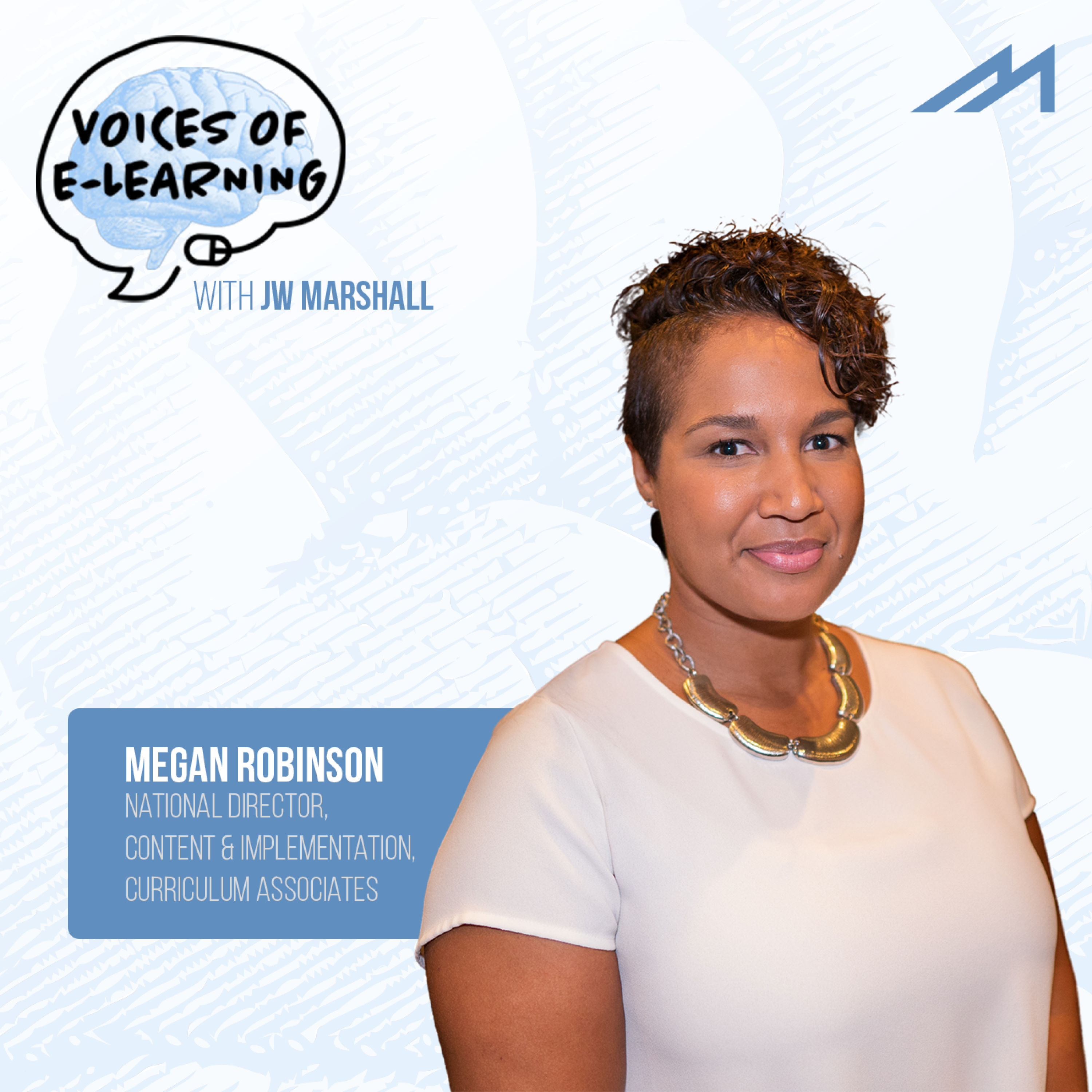
Episode description
As public education enters 2021, the same challenges persist, and these weren’t simply the result of the pandemic. The actuality of the K12 ecosystem already had plenty of inequity, both socially and digitally. The pandemic made it more obvious. Taking on these inequities and empowering educators is Megan Robinson, National Director of Content and Implementation at Curriculum Associates.
In her role, she spends time with educators and administrators trying to diagnose issues and provide support, research, and actionable answers.
“Equity is a big word in many conversations with educators, and many are in different places in the journey. Some are still at what does it mean. Others are shirting to equitable practices, implementing processes that reflect equity goals,” Robinson said.
When asked about the biggest challenges in equity, Robinson replied, “Access to grade level content. It seems like a simple idea, but it’s not a common practice. The research supports this bringing up the question of where are the scaffolds because they are very specific based on what the content is.”
Another problem is fair and consistent discipline. Robinson recalled a study of educators watching children for undesirable behavior, a white girl and boy and a black girl and boy. “The study showed the subjects watched most closely the black boy then the black girl. So, if you watch them more, you’ll see more bad behavior.
Robinson cautions this leads to over-disciplining, making those students feel unwanted and unwelcome. While some progress has been made, the momentum moving forward comes down to dollars. “If you show me your budget, I’ll show you your priorities. If it’s social equity, then the budget will reflect this,” she noted.
The other side of inequity is digital. With the fast transition to remote schooling, not every student had a device or access to the internet. Robinson saw the gap closing, and private companies stepping up to help. “And when the students had the devices, they were using them,” she said. With access can come opportunity, bridging that once wider gap in public education.